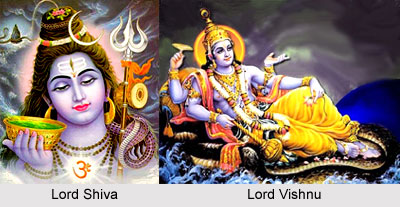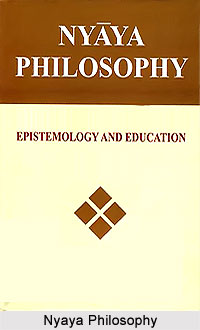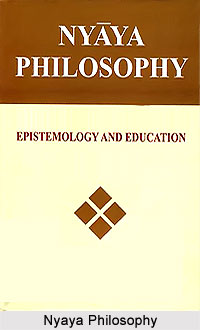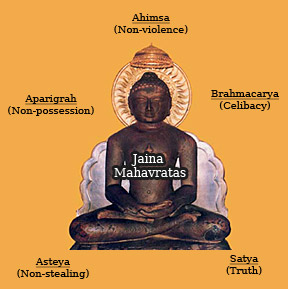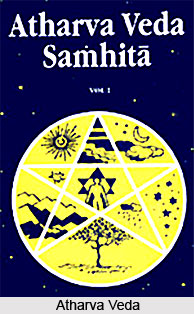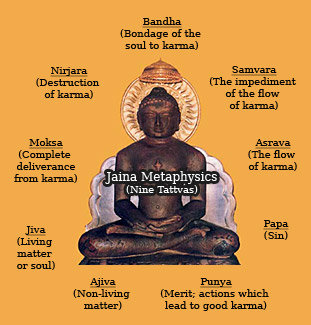Nada Bindu Upanishad is one of the `minor` Upanishads and is considered as a part of the Rig Veda. Prarabdha is employed in the Nada Bindu Upanishad verse. The Rajasic and Tamasic qualities, its feet upwards (to the loins); Sattva, its (main) body; Dharma is considered to be its right eye, and Adharma, its left. The Bhur-Loka is situated in the feet; Bhuvar-Loka in the knees; the Suvar-Loka, in loins; and the Mahar-Loka, in navel.
Janaloka is situated in the heart. Tapoloka is situated in its throat and the Satya-Loka in the centre of the forehead between the eyebrows. Each of these Matras has three parts which is called Omkara. The first Matra is Ghoshini; the second, Vidyunmali , the third, Patangini; the fourth, Vayuvegini; the fifth, Namadheya; the sixth, Aindri; the seventh, Vaishnavi; the eighth, Sankari; the ninth, Mahati; the tenth, Dhriti (Dhruva); the eleventh, Nari and the twelfth, Brahmi.
If a person happens to die in the first Matra it is considered as he is born again as a great emperor in Bharatavarsha. If he dies in the fifth, Ardha-Matra, he lives in the world of the moon. In the eighth he becomes the Lord of all creatures. When the mind goes beyond the Gunas and is absorbed, it has no separate existence and no mental action. A person who is always engaged in its thought and absorbed in it should leave off his body following the course of Yoga. Then he is freed from the bonds of karma and the existence as a Jiva. It is seen that even after Atma-Jnana has awakened Prarabdha does not leave him.
As clay is a material cause of the pot so that one learns from Vedanta that Ajnana is the material cause of the universe. As a person through illusion mistakes a rope for a serpent, so the fool not knowing Satya (the eternal truth) sees the world (to be true). When he knows it to be a piece of rope, the illusory idea of a serpent vanishes.
The Yogin being in the Siddhasana posture should always hear the internal sound. The sound that he practises makes him deaf to all external sounds. The mind at first concentrated on any one sound that fixes firmly to that and is absorbed in it. It becomes insensible to the external impressions. One after having abandoned all thoughts and being freed from all actions, should always concentrate his attention on the sound and his Chitta becomes absorbed in it.




